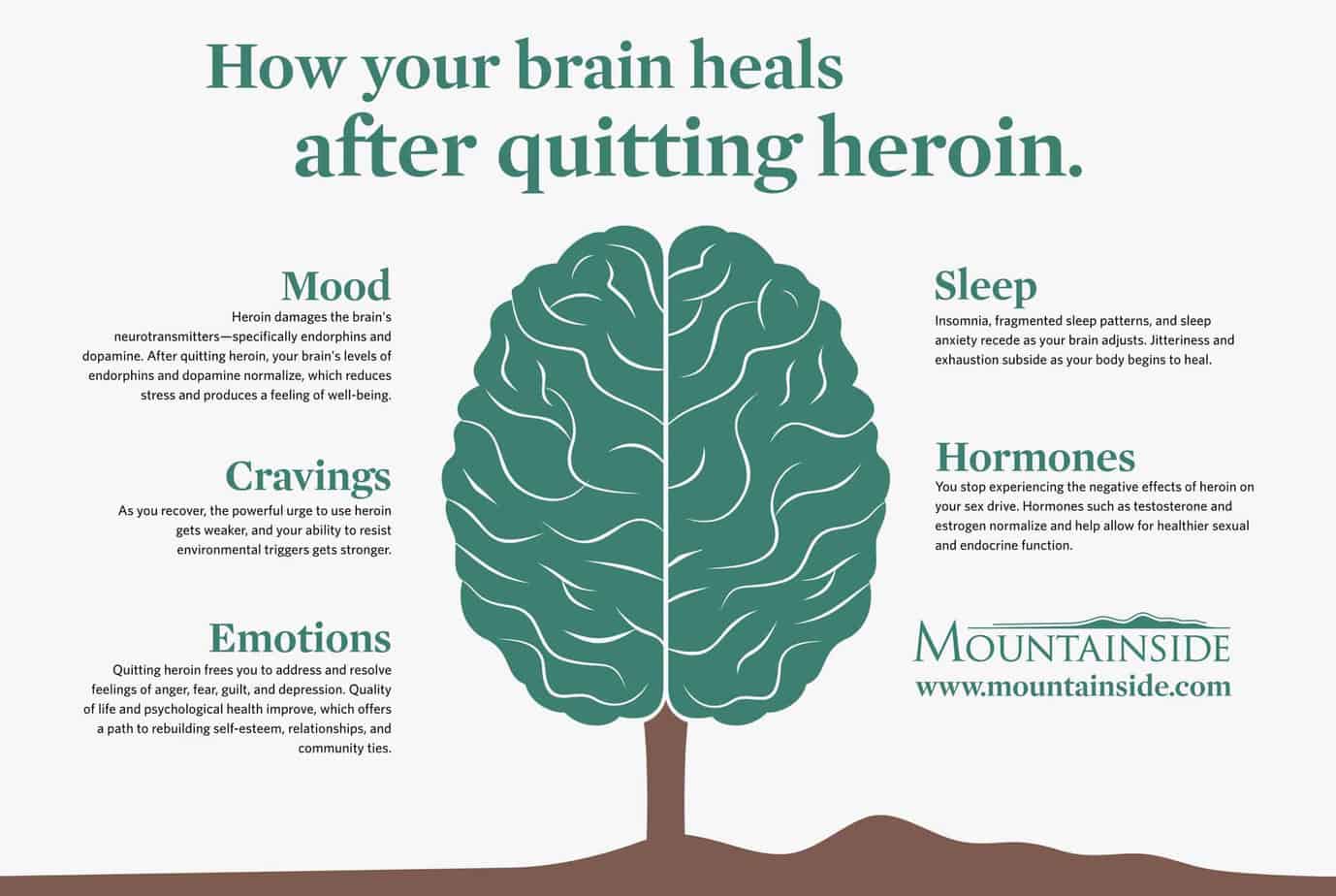Once believed to be helpful medications, opioids were frequently prescribed to patients for chronic pain management. Now, they have proved to be dangerous and highly addictive.
The opioid epidemic has become a pressing public health issue in the United States, affecting millions of individuals and communities across the country. As the crisis continues escalating, it is crucial to examine doctors’ role in addressing this epidemic. Doctors, as prescribers of opioids, have a significant responsibility to decrease the use and abuse of these drugs among their patients. Read on to learn more about the actions doctors are taking to combat the opioid epidemic, including changes in prescribing practices, education, and alternative treatment options.
The Magnitude of the Opioid Epidemic
To fully understand the rise of opioids, it is essential to grasp the scale of the problem. According to the Centers for Disease Control and Prevention (CDC), nearly 70 percent of drug overdose deaths in the United States in 2018 involved opioids, resulting in approximately 47,000 deaths. These statistics highlight the urgent need for effective strategies to address the crisis.
How Did We Get Here?
Over the past two decades, there has been significant growth in the sales and prescribing of opioid painkillers such as fentanyl, hydrocodone, hydromorphone, morphine, and oxycodone.
Factors that caused a spike in painkiller prescriptions were:
- Heavy marketing to doctors from the pharmaceutical industry
- Excess promotional campaigns from private organizations and physician groups to address chronic pain
- Laws related to prescribing opioids were very lax
- Not enough education on pain management and addiction is given to doctors
While it is subjective, many professionals and patients believe that doctors are to blame for the opioid epidemic. It is interesting that, where medical education is concerned, recent research has uncovered a striking relationship between opioid prescribing and medical school rank. A study analyzing national data on opioid prescriptions written by physicians from 2006 to 2014 found that doctors who completed their initial training at top-ranked medical schools write significantly fewer opioid prescriptions annually than those from lower-ranked schools. This finding suggests that education plays a crucial role in shaping prescribing practices.
What Is Being Done?
As of 2024, it’s reported that 130 people a day die from opioid misuse. The American Medical Association (AMA) put heavy scrutiny on physicians, particularly those who were opiate prescribers, and acknowledged the doctor’s role in the opioid epidemic. Some measures are being taken to help prevent the opioid epidemic from worsening:
The Use of Prescription Monitoring
The electronic database can provide the opioid and controlled substance history of patients to participating doctors. An increase in pain management education, promoting safe, responsible prescribing practices, and additional training and education are also being added to courses in medical schools on how fledging doctors can prevent opioid misuse. There is also more support for overdose prevention measures, such as increased access to the life-saving drug Naloxone (Narcan).
There has also been a reduction in the stigma of substance use disorder and enhanced access to treatment. Doctors can ensure that patients who have chronic pain conditions aren’t associated with negative stereotypes and therefore, can receive comprehensive treatment.
Changes in Prescribing Practices
One of the key ways doctors are leading us out of the opioid abuse epidemic is by implementing changes in their prescribing practices. In light of the risks associated with opioids, including addiction and overdose, doctors are becoming more cautious in their approach to prescribing these drugs. They are now more likely to adhere to evidence-based guidelines for opioid use, including prescribing the appropriate dosage and duration of treatment.
Furthermore, doctors are increasingly focused on providing patients with accurate diagnoses, honest communication, and clinical expertise. They recognize the importance of evaluating each patient’s individual circumstances and considering non-opioid alternatives for pain management whenever possible. By adopting these practices, doctors aim to minimize the risk of opioid dependence and misuse among their patients.
Education and Training
Another crucial aspect of addressing doctors and the opioid crisis is comprehensive training on pain management, substance abuse, and the appropriate use of opioids. By equipping future doctors with the knowledge and skills to navigate the complexities of opioid prescribing, medical education plays a vital role in preventing opioid-related harm.
Continuing medical education programs also offer opportunities for doctors to stay updated on the latest research, guidelines, and best practices in opioid prescribing. These programs provide a platform for doctors to enhance their understanding of pain management strategies and explore alternative treatments to opioids.
Alternative Treatment Options for Opioids
In response to the opioid epidemic, doctors are increasingly turning to alternative treatment options for pain management. These alternatives aim to reduce reliance on opioids and provide patients with safer and more effective options. Some of these include:
Acupuncture
Acupuncture is a traditional Chinese medicine practice that involves inserting thin needles into specific points on the body. It has shown promising results in relieving chronic pain and reducing the need for opioid medications. By stimulating the body’s natural healing processes, acupuncture offers a non-pharmacological approach to pain management.
Physical Therapy
Physical therapy plays a crucial role in managing pain and improving physical function. Through targeted exercises, stretches, and manual therapy techniques, physical therapists help patients regain mobility, reduce pain, and enhance overall quality of life. By focusing on restoring function and addressing the underlying causes of pain, physical therapy offers a valuable alternative to opioid-based treatments.
Cognitive Behavioral Therapy
Cognitive behavioral therapy (CBT) is a psychotherapy approach that helps individuals identify and change negative thought patterns and behaviors. It is effective in managing chronic pain by addressing the psychological factors that contribute to pain perception and distress. By teaching patients coping mechanisms and promoting self-management strategies, CBT can reduce reliance on opioids for pain relief.
Integrative Medicine
Integrative medicine combines conventional medical treatments with evidence-based complementary therapies. This approach takes into account the whole person, including their physical, mental, and emotional well-being. Integrative medicine may include strategies such as herbal medicine, mindfulness-based stress reduction, and nutritional counseling. By employing a holistic approach, doctors can offer patients a comprehensive treatment plan that goes beyond pharmaceutical interventions.
Collaboration and Multidisciplinary Care
Doctors are also recognizing the importance of collaboration and multidisciplinary care in addressing the opioid epidemic. By working closely with other healthcare professionals, such as pharmacists, psychologists, and addiction specialists, doctors can provide comprehensive care to their patients. This collaborative approach ensures that patients receive the support and resources they need to manage their pain effectively and minimize their reliance on opioids.
Patient Education and Empowerment
In addition to changes in their own practices, doctors are focusing on empowerment. They aim to inform patients about the risks associated with opioid use, the importance of following prescribed treatment plans, and the availability of alternative treatment options. By actively involving patients in their own care decisions and providing them with the necessary information, doctors empower patients to make informed choices about pain management.
Prescription Drug Monitoring Programs
To prevent opioid misuse and diversion, doctors are increasingly utilizing prescription drug monitoring programs (PDMPs). These programs allow healthcare providers to access a patient’s prescription history, helping them identify potential patterns of misuse or abuse. By using PDMPs, doctors can make more informed decisions about prescribing opioids and better monitor their patients’ medication use.
In the face of the opioid epidemic, doctors are taking proactive steps to address the crisis. Through changes in prescribing practices, education and training, the exploration of alternative treatment options, collaboration with other healthcare professionals, patient education, and the use of monitoring programs, doctors are playing a vital role in combating the opioid epidemic. By adopting evidence-based practices and prioritizing patient safety, doctors are helping to reduce opioid-related harm and improve outcomes for individuals and communities affected by this crisis.
If you or a loved one is struggling with addiction, Mountainside can help.
Click here or call (888) 833-4676 to speak with one of our addiction treatment experts.

 By
By 







